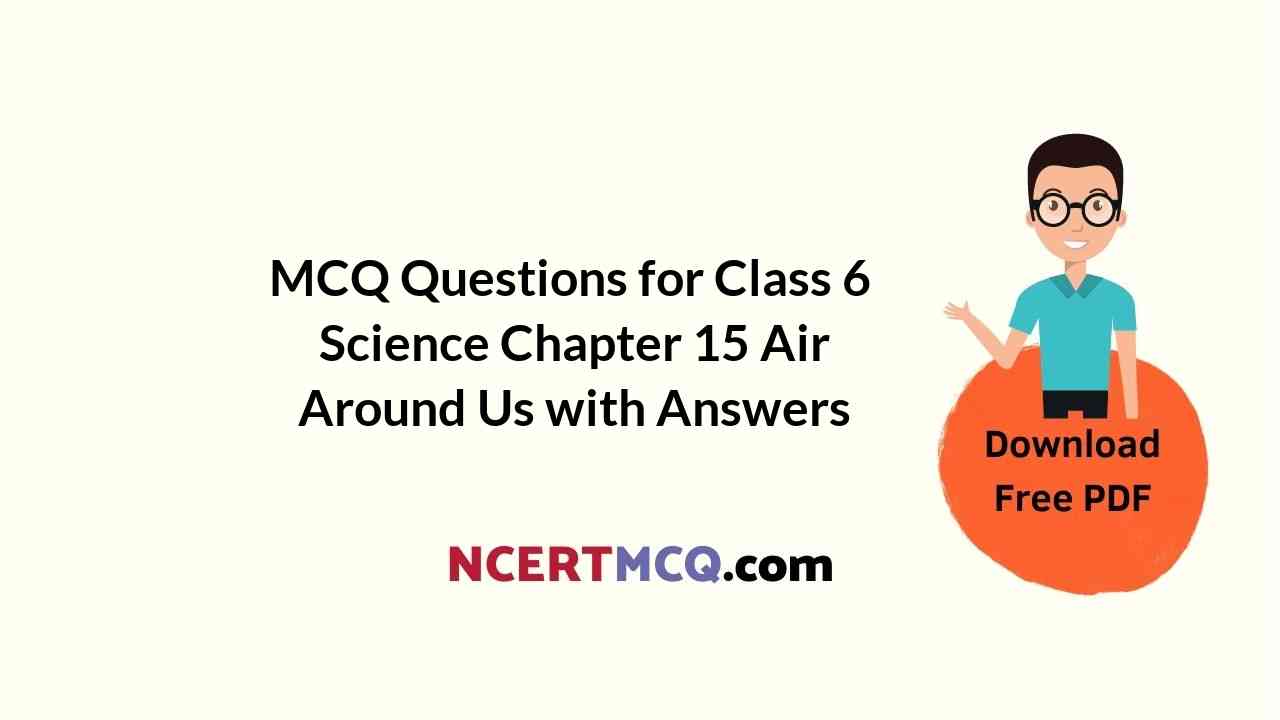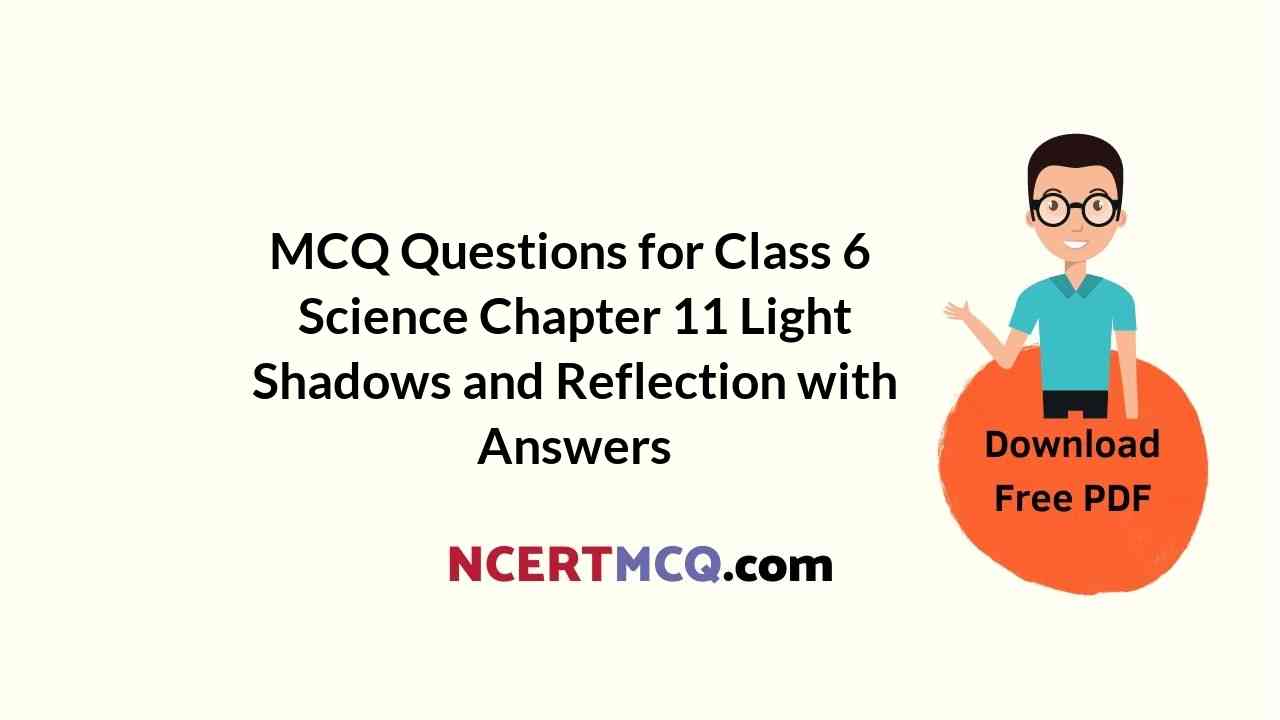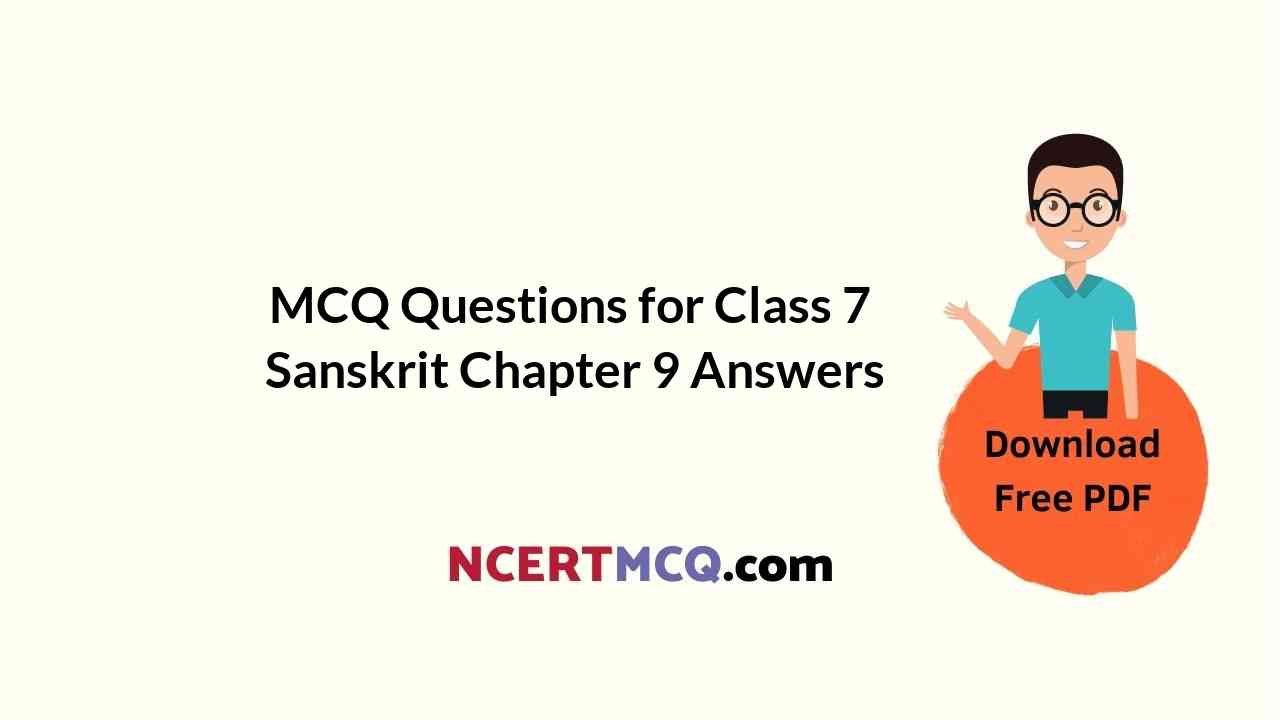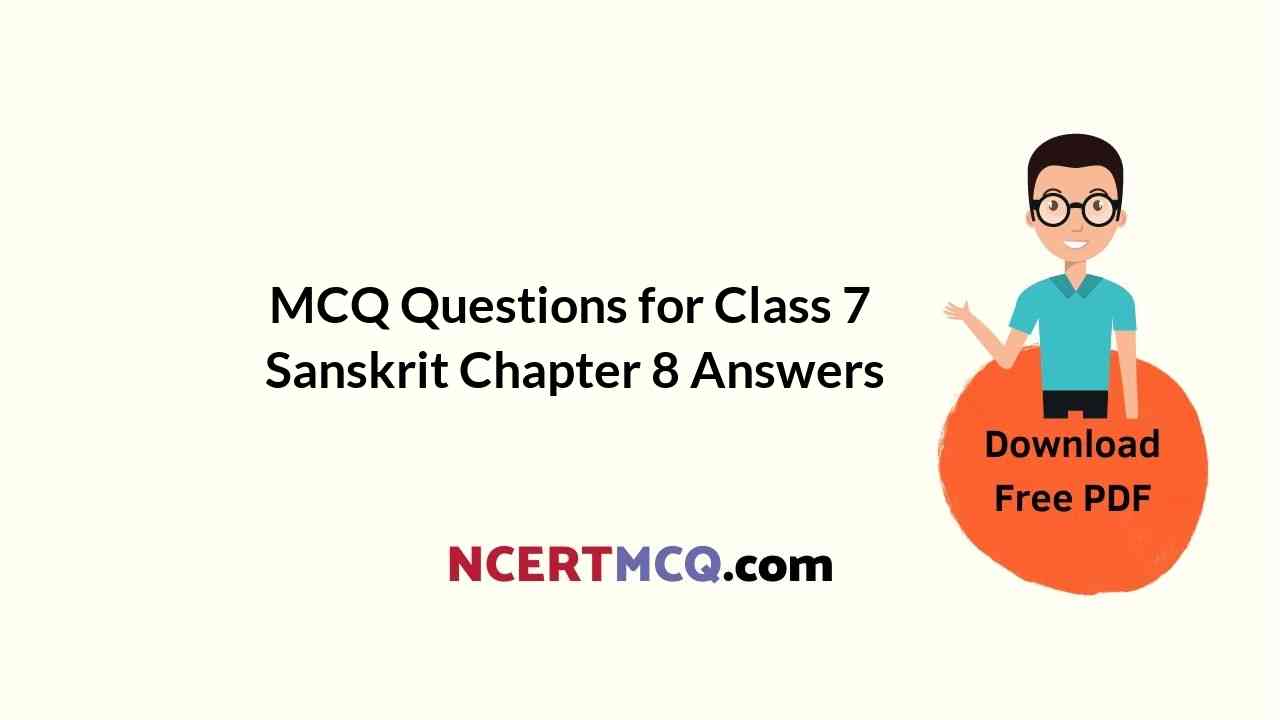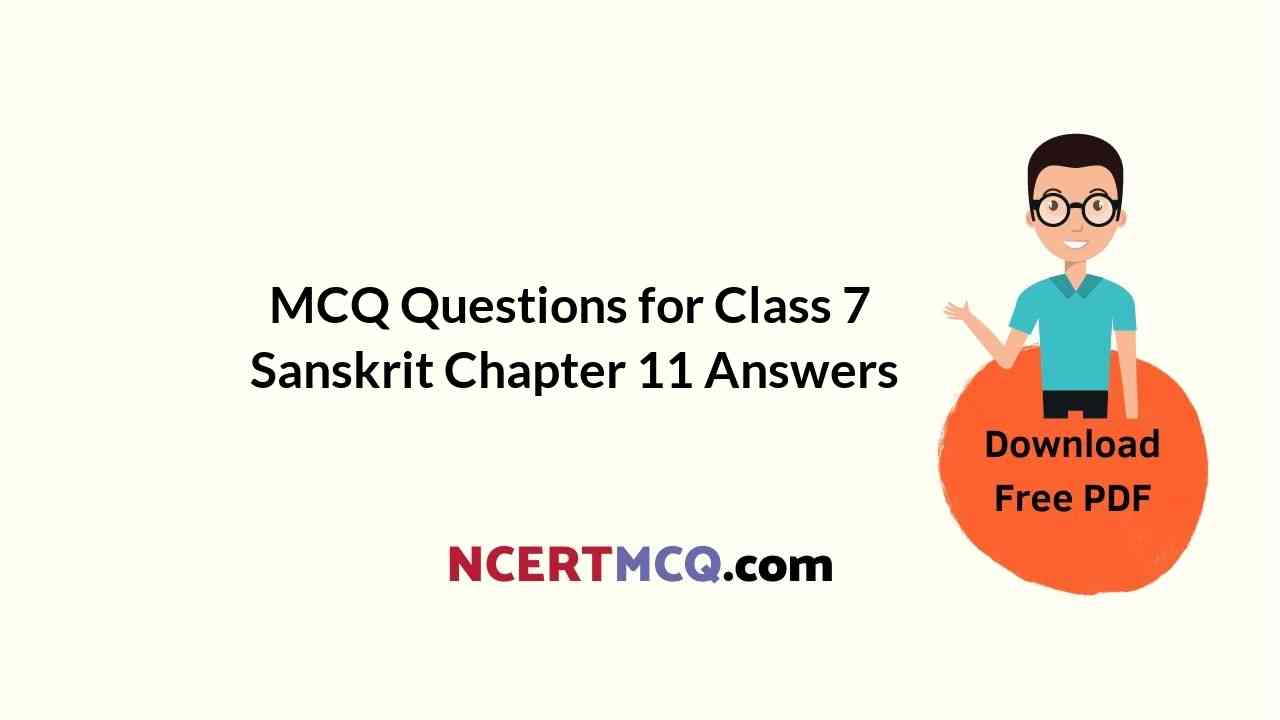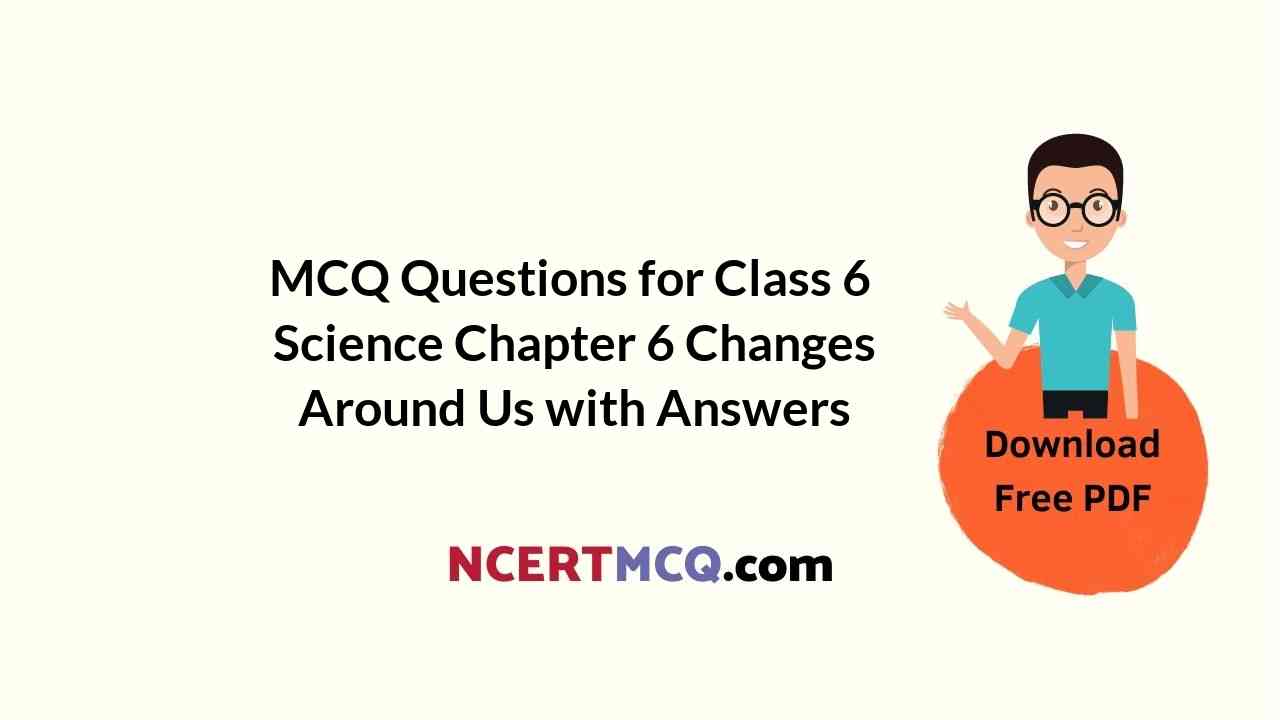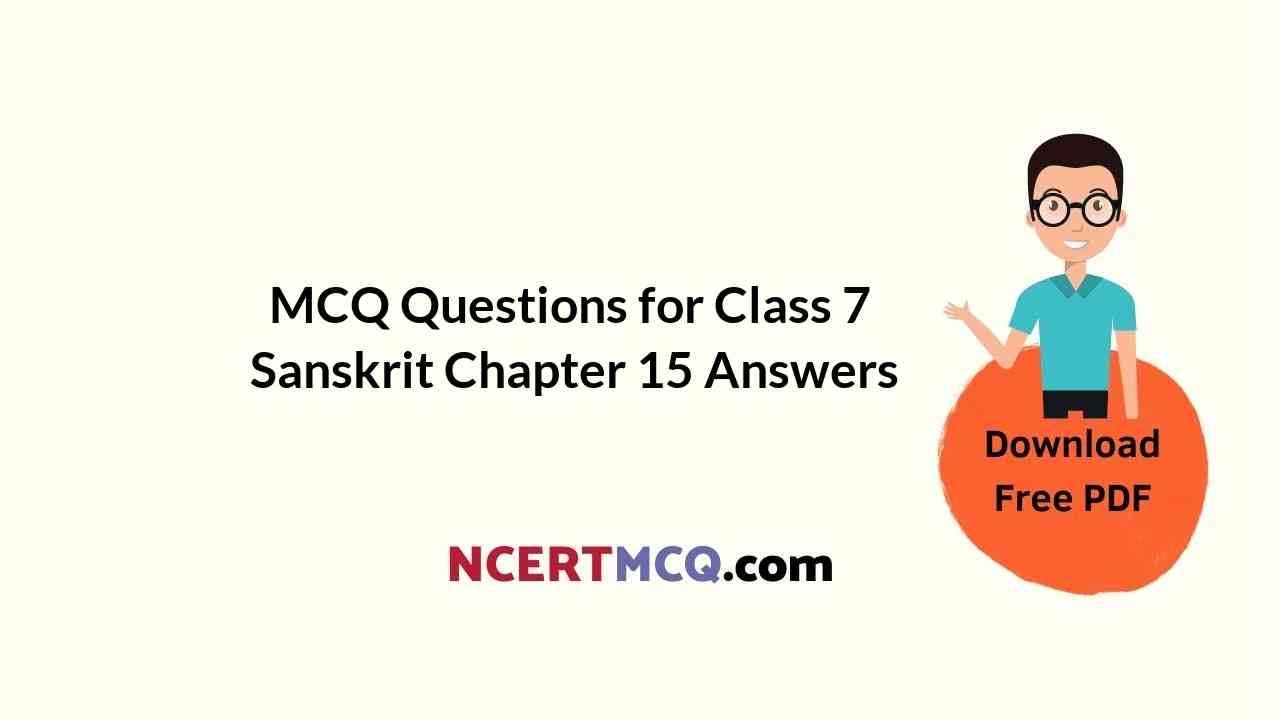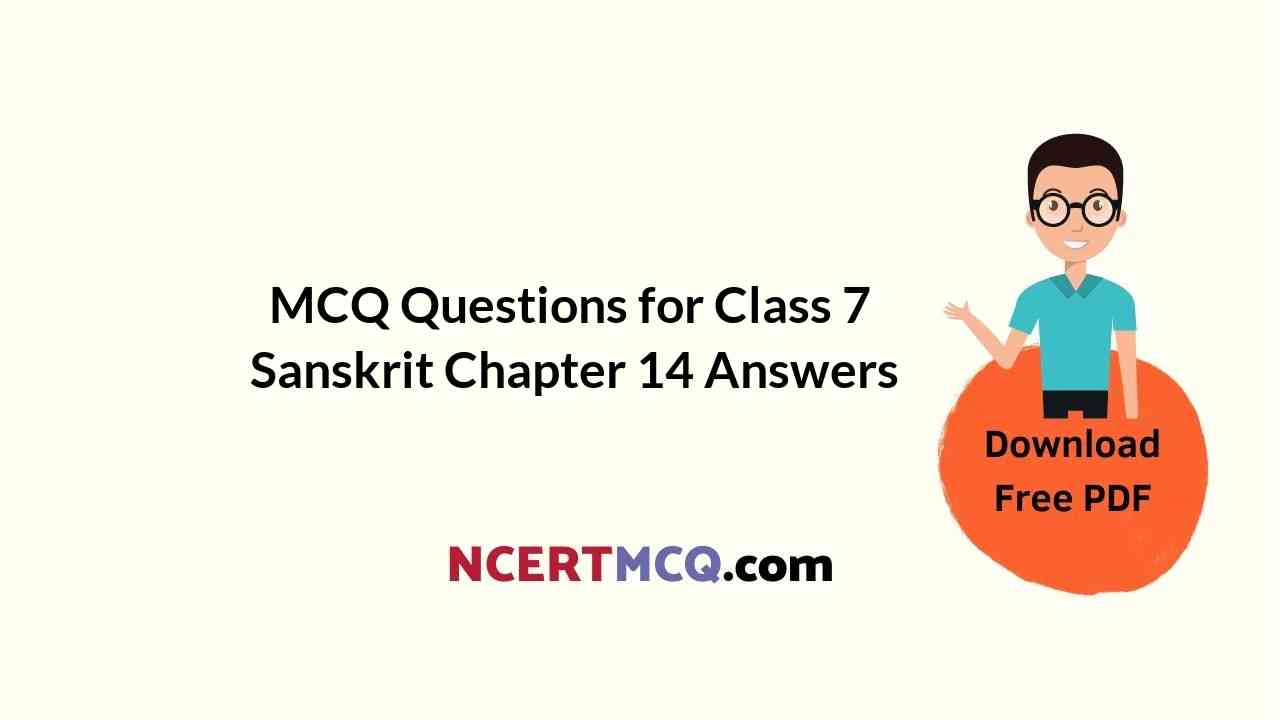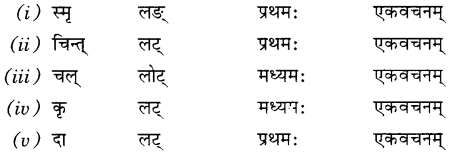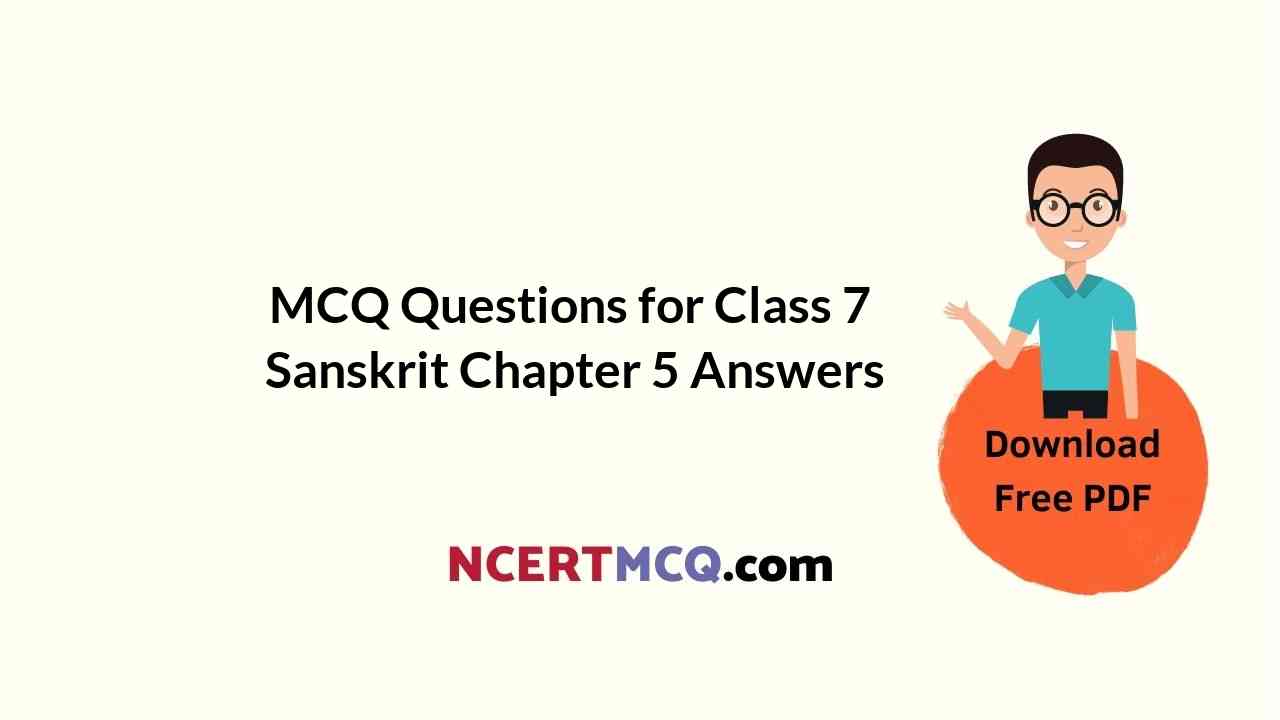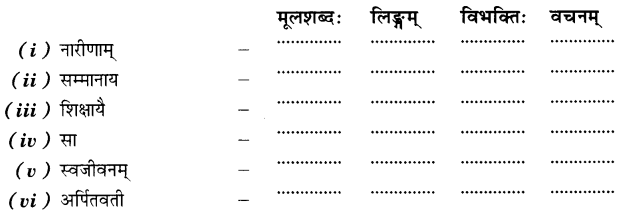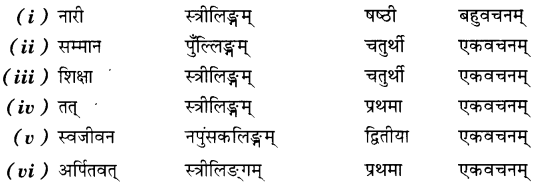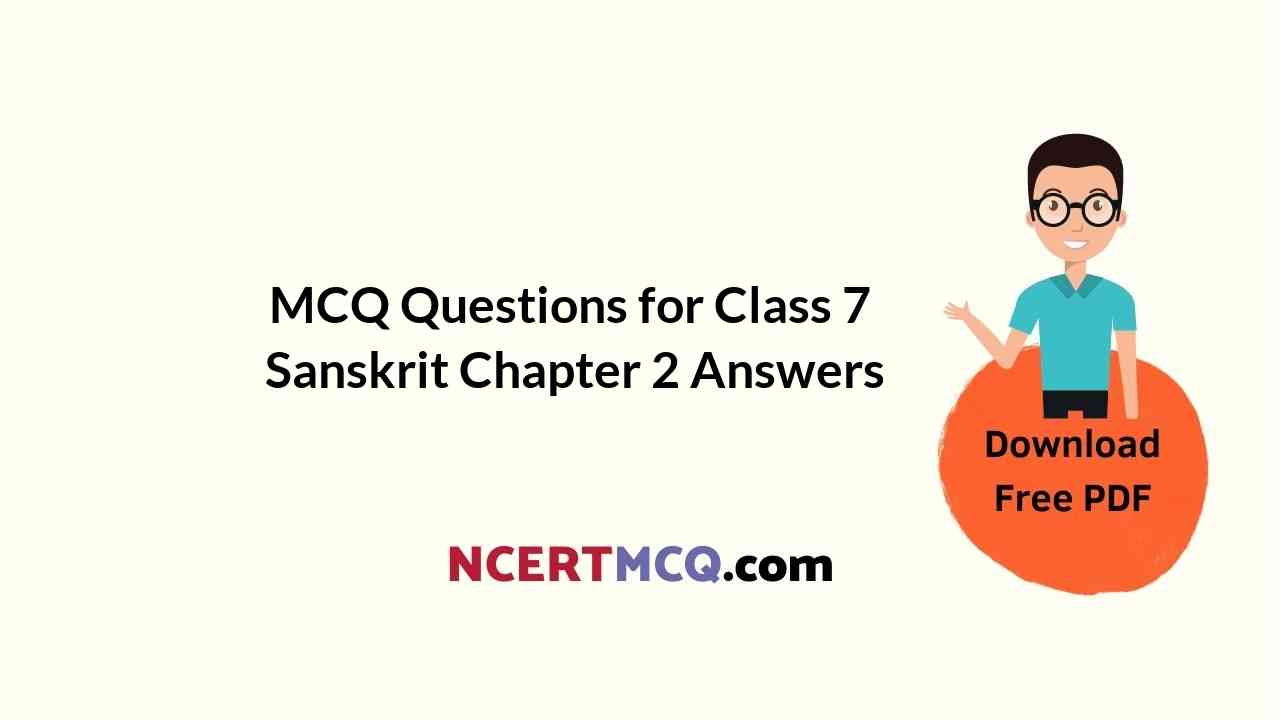Check the below NCERT MCQ Questions for Class 6 Science Chapter 15 Air Around Us with Answers Pdf free download. MCQ Questions for Class 6 Science with Answers were prepared based on the latest exam pattern. We have provided Air Around Us Class 6 Science MCQs Questions with Answers to help students understand the concept very well.
You can refer to NCERT Solutions for Class 6 Science Chapter 15 Air Around Us to revise the concepts in the syllabus effectively and improve your chances of securing high marks in your board exams.
Air Around Us Class 6 MCQs Questions with Answers
Choose the correct option in the following questions:
Air Around Us Class 6 MCQ Question 1.
Major part of the air is constituted by
(a) nitrogen
(b) oxygen
(c) carbon dioxide
(d) inert gases
Answer
Answer: (a) nitrogen
Explanation:
3/4th portion of air is nitrogen.
Class 6 Science Chapter 15 MCQ Question 2.
Which of the following gas helps in burning? ,
(a) Nitrogen
(b) Oxygen
(c) Carbon dioxide
(d) Carbon monoxide
Answer
Answer: (b) Oxygen
Explanation:
Oxygen does not bum but supports burning.
Air Around Us Class 6 MCQ With Answers Question 3.
Which of the following gas we use in breathing?
(a) Carbon dioxide
(b) Nitrogen
(c) Oxygen
(d) None of these
Answer
Answer: (c) Oxygen
Explanation:
We use oxygen and produce carbon dioxide.
MCQ Questions For Class 6 Science Chapter 15 Question 4.
Wind is
(a) air around us
(b) rising hot air
(c) air in motion
(d) none of these
Answer
Answer: (c) air in motion
Explanation:
Air in motion is called wind.
MCQ On Air Around Us Class 6 Question 5.
Air is present in
(a) atmosphere
(b) soil
(c) water of ponds, lakes and seas
(d) everywhere
Answer
Answer: (d) everywhere
Explanation:
Air is present everywhere.
Class 6 Air Around Us MCQ Question 6.
Air is
(a) a mixture
(b) a pure substance
(c) an element
(d) anything, that depends on the place where it is found
Answer
Answer: (a) a mixture
Explanation:
Air is a mixture of various gases, water vapours and dust particles.
Class 6 Science Ch 15 MCQ Question 7.
Envelope of air that surrounds the earth is known as
(a) biosphere
(b) atmosphere
(c) environment
(d) ecosystem
Answer
Answer: (b) atmosphere
Explanation:
Air is all around us, a thick layer of air surrounds the earth, this blanket of air is called atmosphere.
Ncert Class 6 Science Chapter 15 MCQ Question 8.
Which is not a property of air?
(a) It occupies space.
(b) It is transparent,
(c) It is a solution.
(d) It is a compound.
Answer
Answer: (d) It is a compound.
Explanation:
Air is a homogeneous solution, which occupies space and it is transparent. So air is not a compound.
Class 6 Science Air Around Us MCQ Question 9.
The ratio of nitrogen to oxygen in the air is
(a) 1:4
(b) 4:1
(c) 3:1
(d) 1:2
Answer
Answer: (b) 4:1
Explanation:
4:1 is the ratio of nitrogen to oxygen in the air.
MCQ Of Air Around Us Class 6 Question 10.
The main constituent of the air is.
(a) nitrogen
(b) oxygen
(c) carbon dioxide
(d) hydrogen
Answer
Answer: (a) nitrogen
Explanation:
Composition of air (Percentage by volume), nitrogen = 78.03, oxygen = 20.99, carbon dioxide = 0.03, noble gases = 0.95 and some water vapours, dust particles and other impurities.
Match the following items given in Column A with that in Column B:
| Column A | Column B |
| (a) Air | (i) Thin layer of air surrounding our earth. |
| (b) Wind | (ii) Released in respiration. |
| (c) Atmosphere | (iii) Makes three fourth part of total air. |
| (d) Oxygen | (iv) Is process of burning of food to get energy. |
| (e) Carbon dioxide | (v) Uses wind power to rotate. |
| (f) Nitrogen | (vi) Process of preparation of food by green plants. |
| (g) Respiration | (vii) Allow air to move here and there. |
| (h) Photosynthesis | (viii) Is a gaseous mixture. |
| (i) Windmill | (ix) Supports combustion. |
| (j) Open areas | (x) Is air in motion. |
Answer
Answer:
| Column A | Column B |
| (a) Air | (viii) Is a gaseous mixture. |
| (b) Wind | (x) Is air in motion. |
| (c) Atmosphere | (i) Thin layer of air surrounding our earth. |
| (d) Oxygen | (ix) Supports combustion. |
| (e) Carbon dioxide | (ii) Released in respiration. |
| (f) Nitrogen | (iii) Makes three fourth part of total air. |
| (g) Respiration | (iv) Is process of burning of food to get energy. |
| (h) Photosynthesis | (vi) Process of preparation of food by green plants. |
| (i) Windmill | (v) Uses wind power to rotate. |
| (j) Open areas | (vii) Allow air to move here and there. |
Fill in the blanks with the appropriate Words.
1. When air is in ………………. it is called wind.
Answer
Answer: motion
2. Air has no ……………. and one can see through it. It is ………………… .
Answer
Answer: colour, transparent
3. Air is really not one substance but a ……………………. .
Answer
Answer: mixture
4. Air contains ………………… particles.
Answer
Answer: dust
5. The component of air that supports burning is called …………………… .
Answer
Answer: oxygen
6. The oxygen helps in breaking down the digested food in the body to release the …………………….. .
Answer
Answer: energy
7. Our earth is surrounded by ……………………….. .
Answer
Answer: air
8. Initial drops of first rain bring a lot of …………………… along with them.
Answer
Answer: dirt
9. The aquatic animals use dissolved oxygen in water for respiration. This is possible because oxygen is ………………… in water.
Answer
Answer: soluble
10. Nitrogen of the air is used on a large scale to manufacture ………………………. .
Answer
Answer: fertilizers
11. Air is present in, atmosphere, water and ……………….. .
Answer
Answer: soil
12. The method of separating two components of a mixture which is based on the wind is …………………….. .
Answer
Answer: winnowing
13. ……………………. air is used in tyres of vehicles.
Answer
Answer: Compressed
14. …………………. is the place in nature for gaseous exchange.
Answer
Answer: Atmosphere
State whether the statements given below are True or False:
1. We cannot see air.
Answer
Answer: True
2. Air is a compound and not an element.
Answer
Answer: False
3. A firki rotates only in an open area or in a closed room with the ceiling fan switched on.
Answer
Answer: True
4. Open areas allow air to move here and there.
Answer
Answer: True
5. Air is an opaque material.
Answer
Answer: False
6. All living organisms require air for their survival.
Answer
Answer: True
7. Air contains water vapours.
Answer
Answer: True
8. We breath in CO2 and breath out O2.
Answer
Answer: False
9. A policeman, controlling the traffic wears a mask to prevent the dust particles from entering his respiratory system through breathing.
Answer
Answer: True
10. Air is necessary for burning things.
Answer
Answer: True
11. The major part of air is nitrogen.
Answer
Answer: True
12. Air becomes thinner and thinner as we go higher and higher from the surface of earth.
Answer
Answer: True
13. Plants produce oxygen through photosynthesis.
Answer
Answer: True
14. Plants do not respire.
Answer
Answer: False
We hope the given NCERT MCQ Questions for Class 6 Science Chapter 15 Air Around Us with Answers Pdf free download will help you. If you have any queries regarding Air Around Us CBSE Class 6 Science MCQs Multiple Choice Questions with Answers, drop a comment below and we will get back to you soon.
